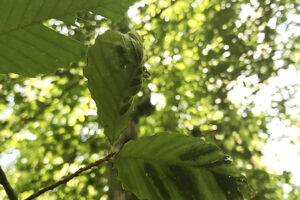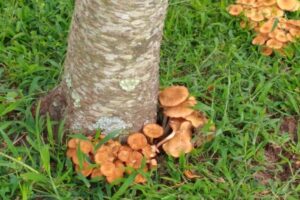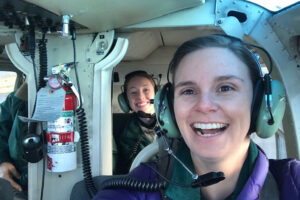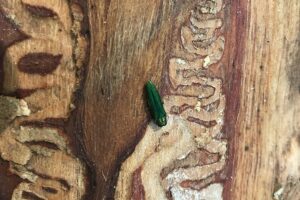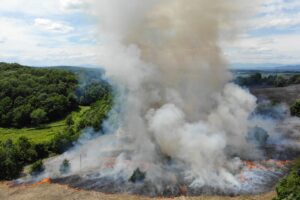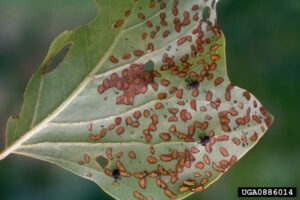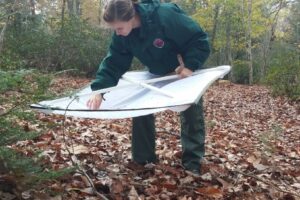Beech Leaf Disease Confirmed in Virginia
August 18, 2021 - Beech leaf disease has now been confirmed in Prince William County – the first detection in Virginia. The disease affects American beech (Fagus grandifolia) )trees and is associated with a foliar nematode. Symptoms include dark stripes between leaf veins, thickening and curling of leaves, and canopy thinning. Contact DOF’s forest health program if you see these symptoms. For more information, view this Beech Leaf Disease Pest Alert publication.

